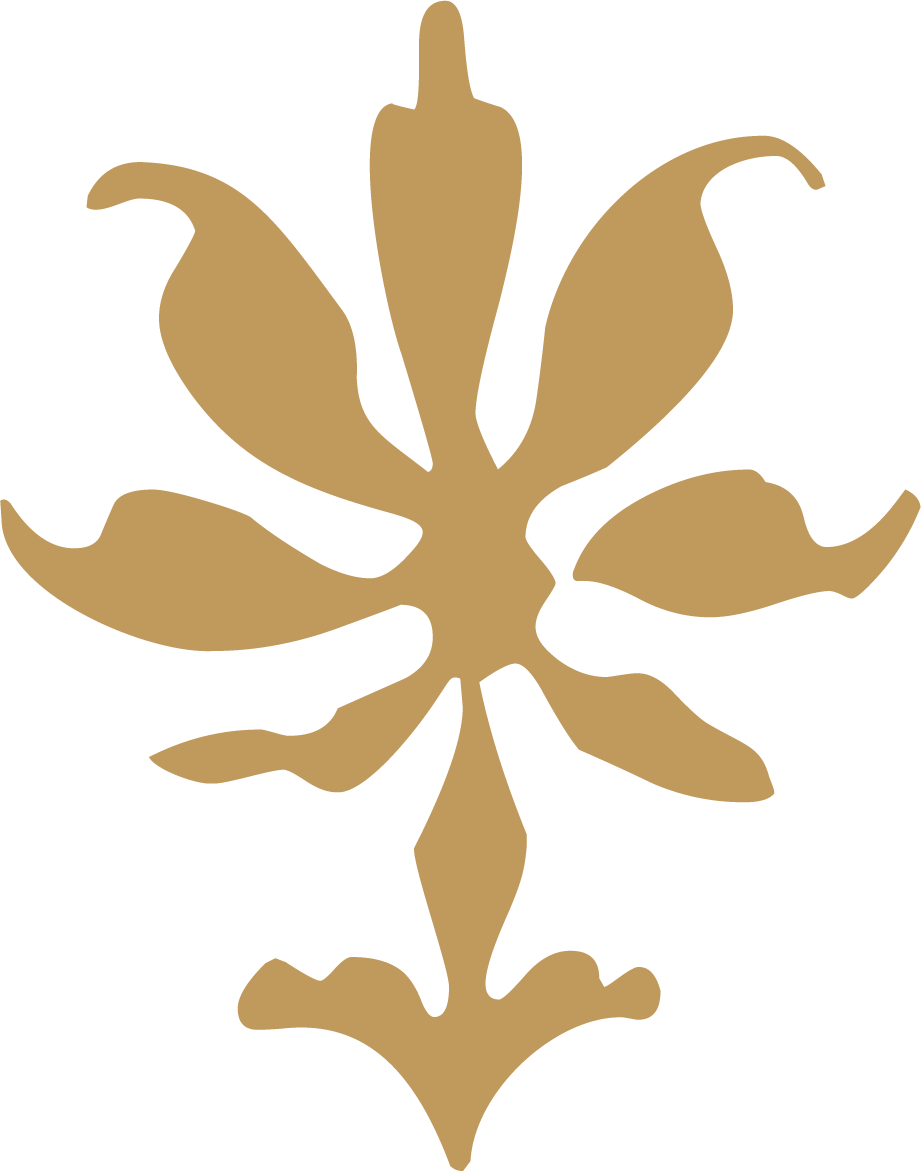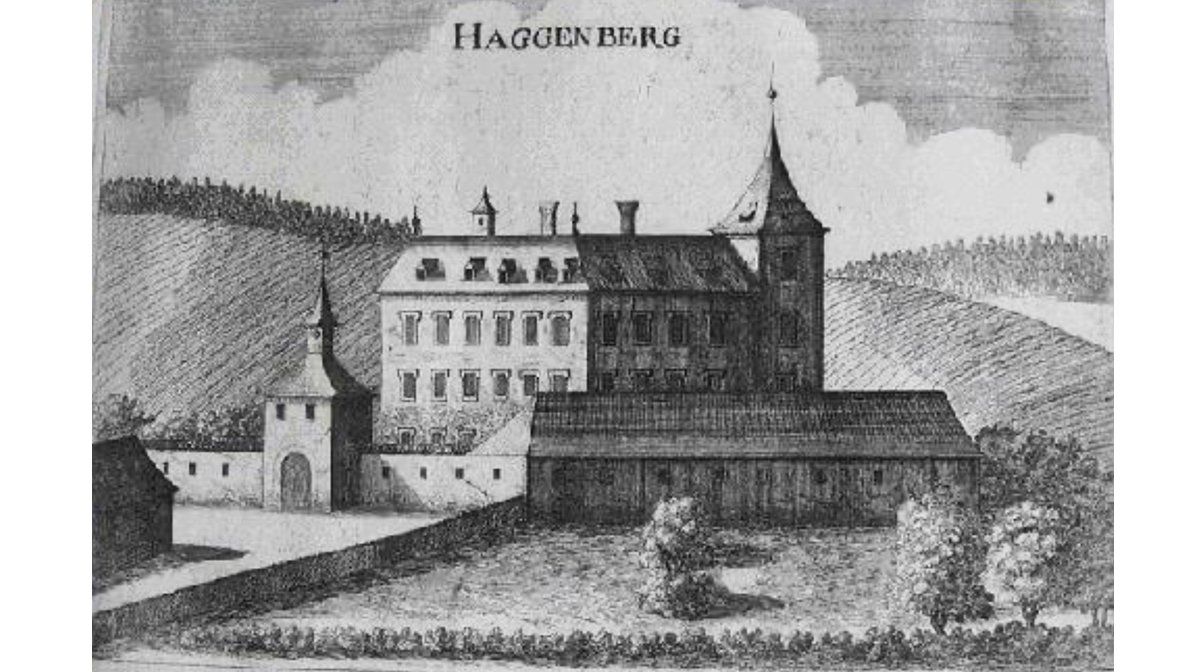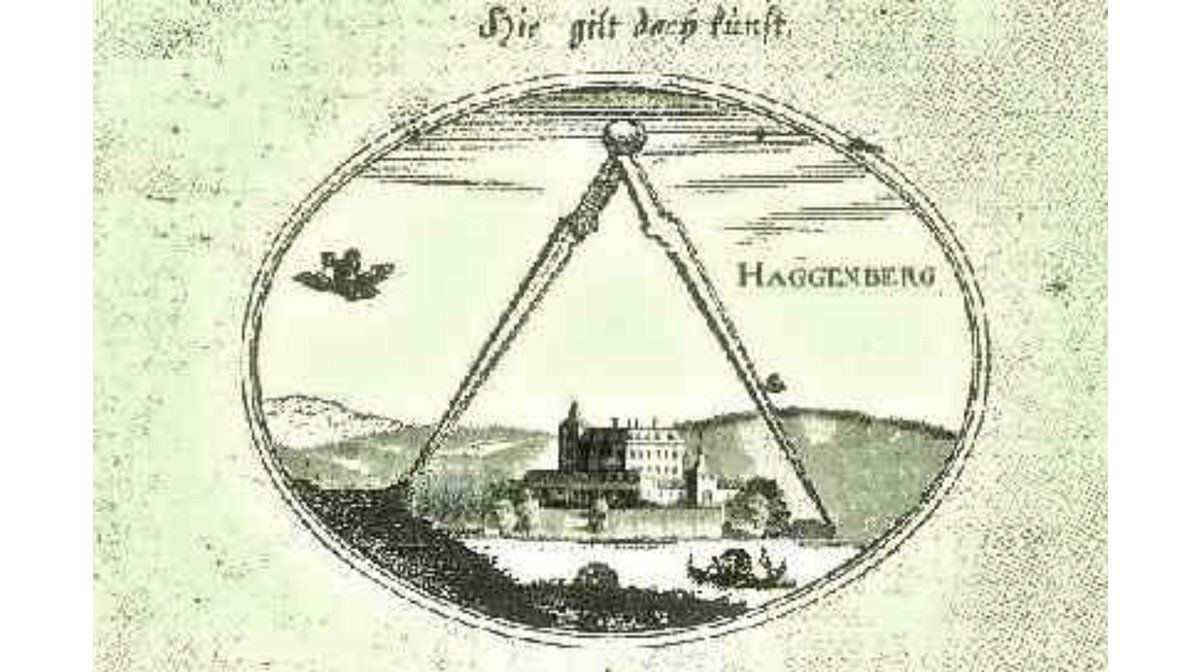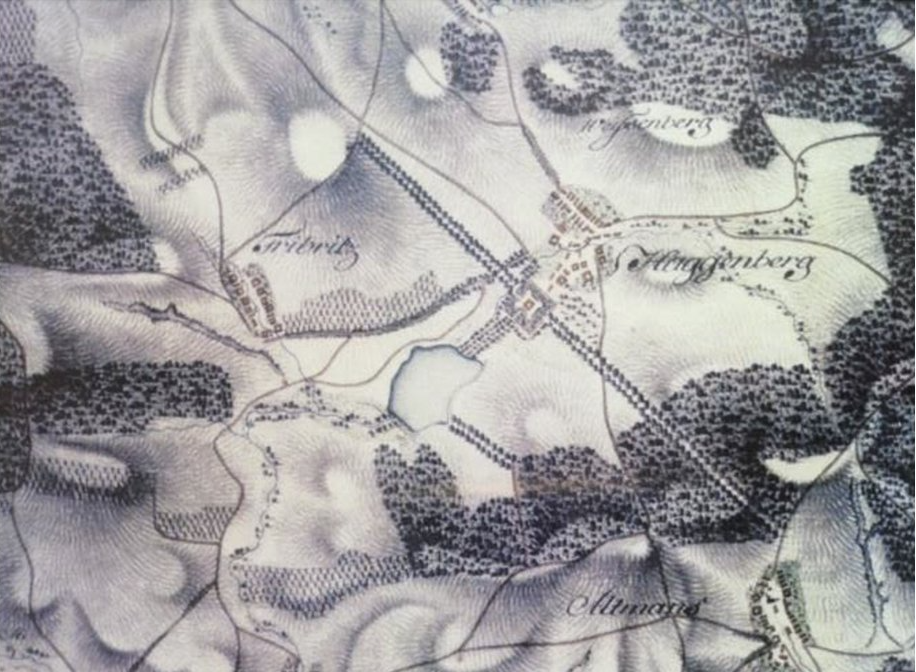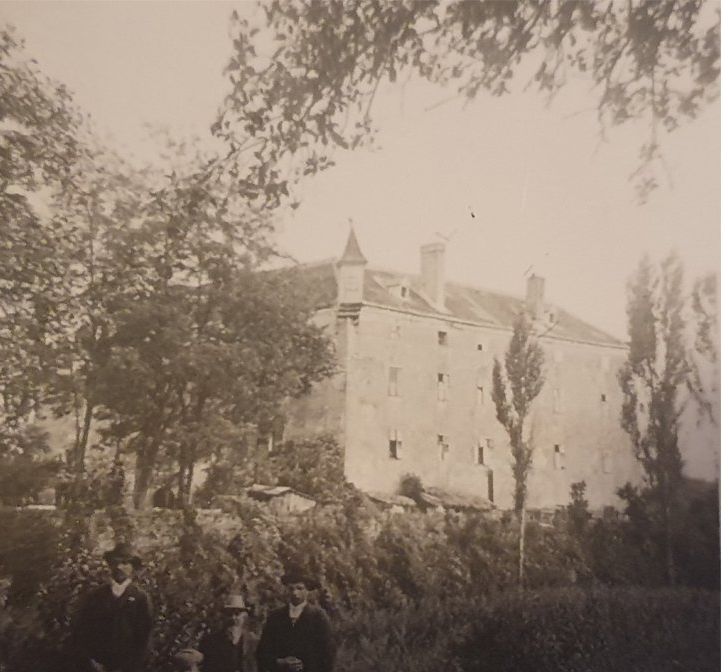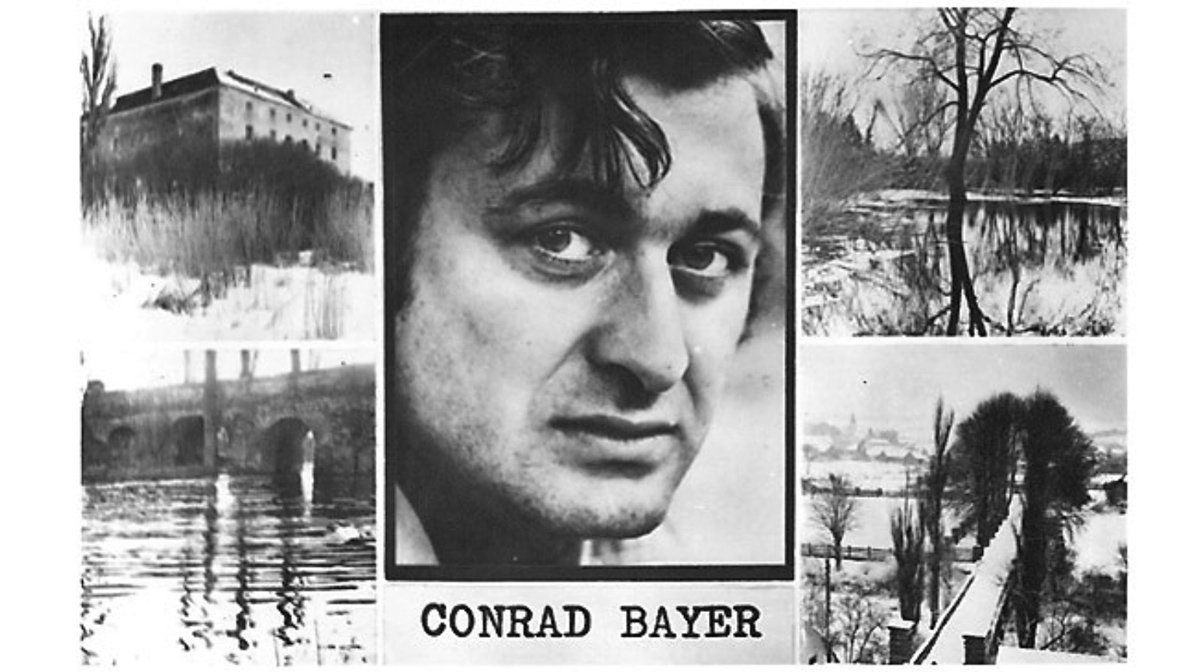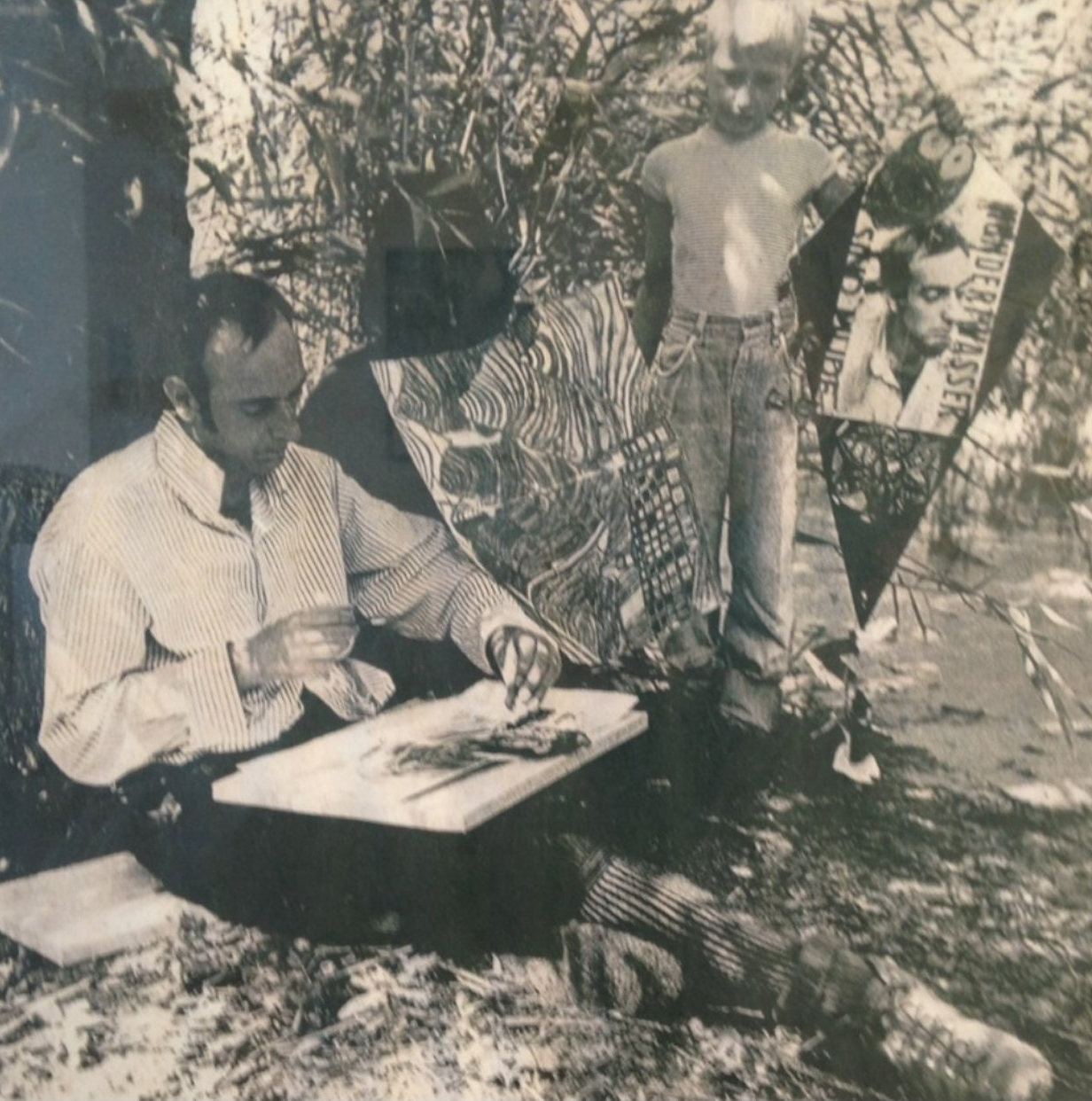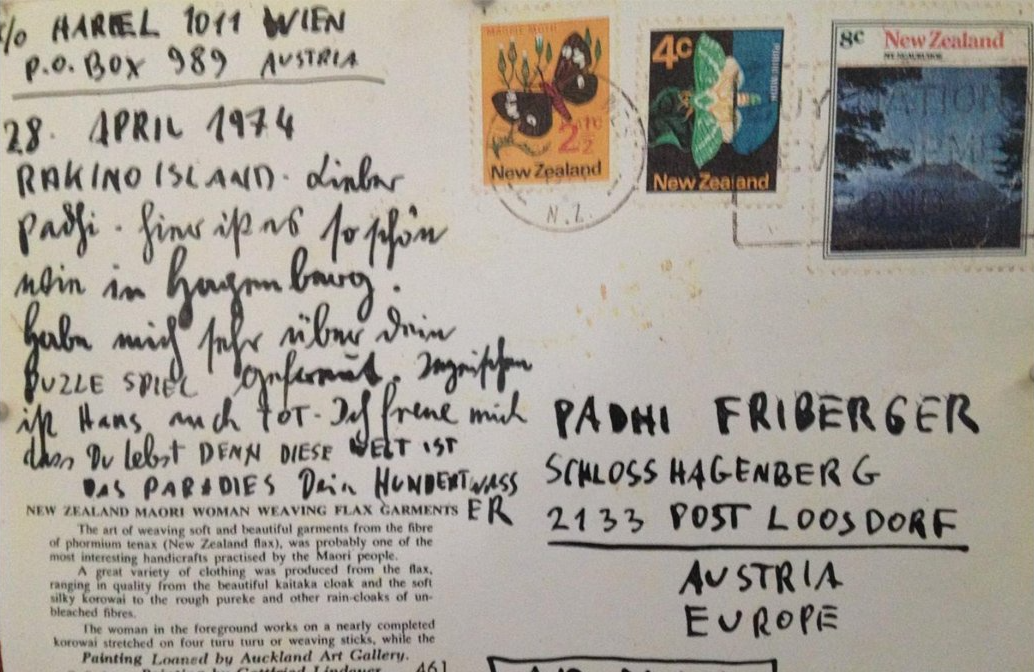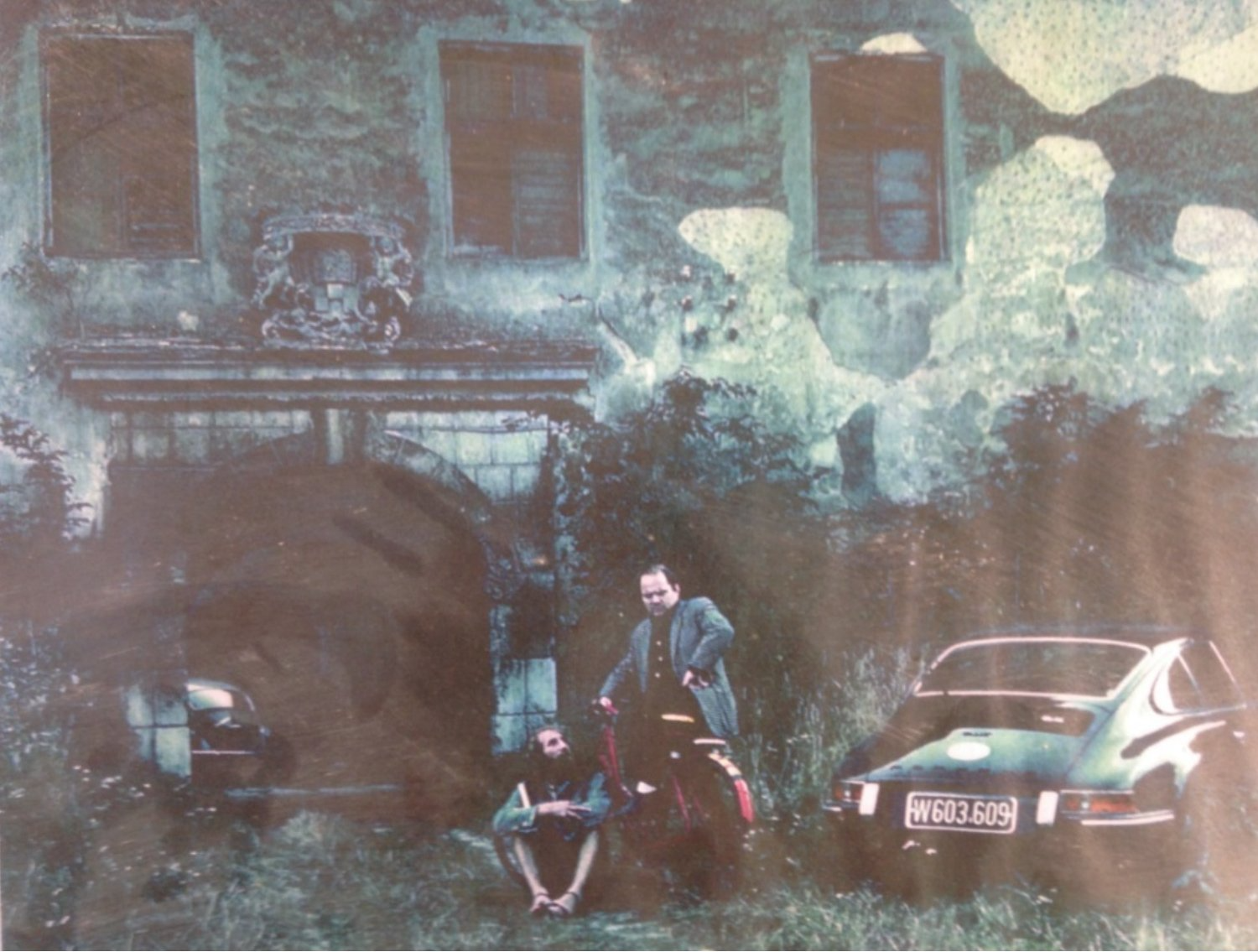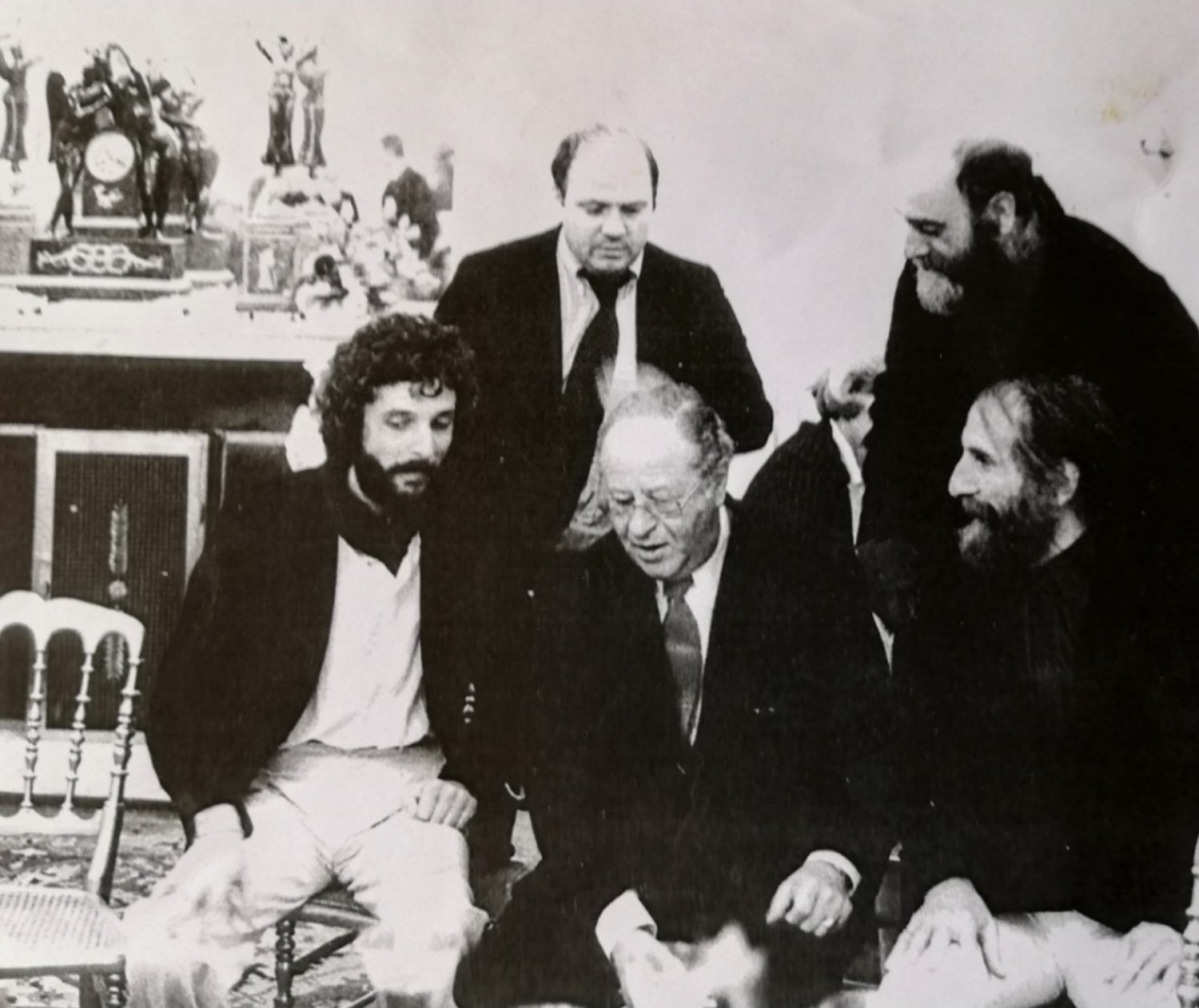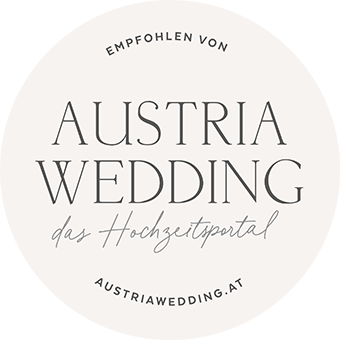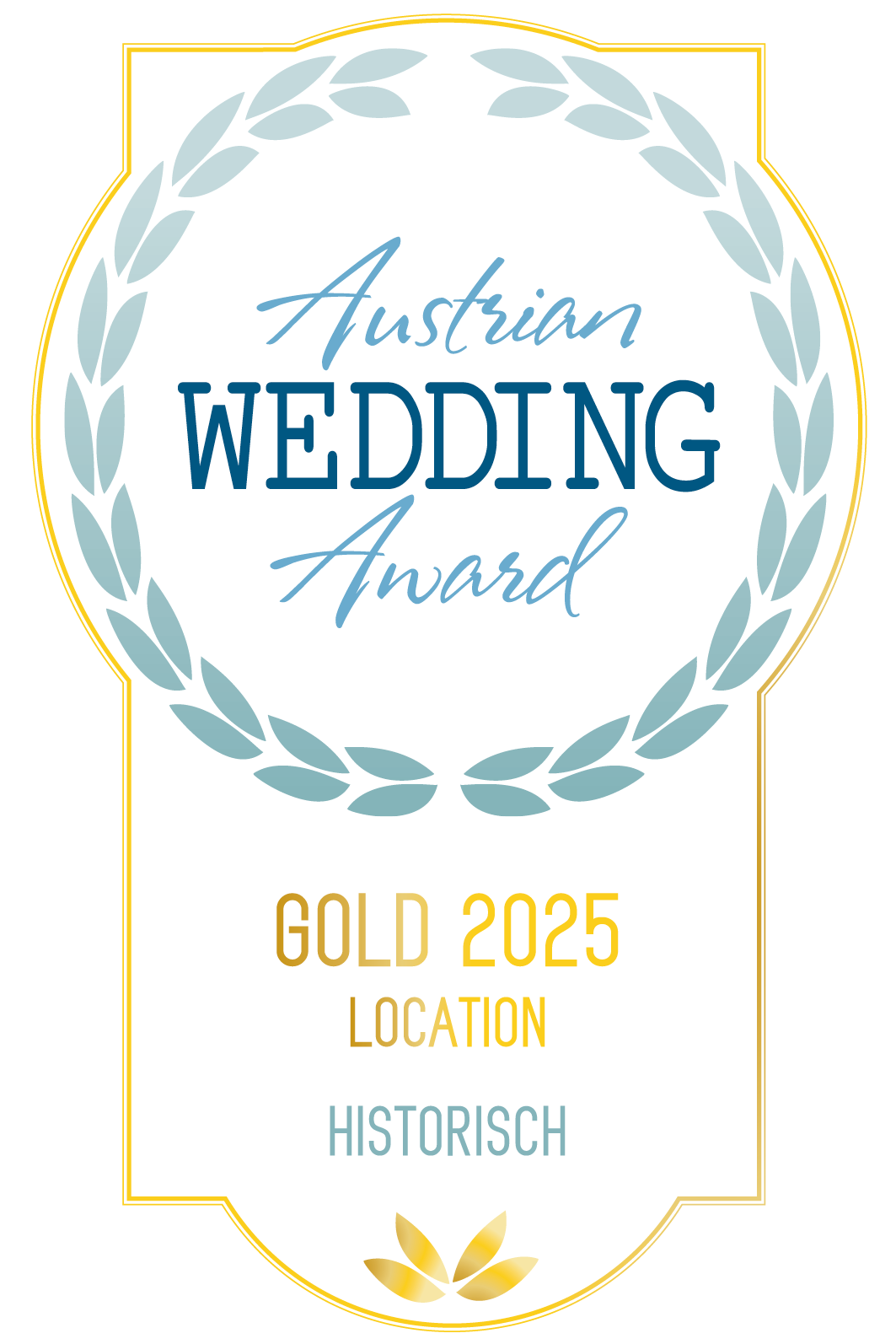First castle, then palace.
A continuous transformation.
Haggenberg Castle looks back on a turbulent history whose origins date back to the 13th century.
In 1217, Heinrich von Hackenberg, after accompanying Duke Leopold VI as a marshal in the Crusade against the Holy Land, built his castle at that time, only to be devastated by the ’Black Army’ of the Hungarian King Mathias Corvinus. Its foundation walls were rebuilt at the end of the 15th century by the patricians Georg and Michael Behaim from Nuremberg with a geometric Renaissance structure that still exists to this day. However, at the beginning of the 17th century there were new plunders by followers of the Transylvanian prince and short-term Hungarian counter-king Bethlen Gábor. Finally, in 1650 Sigmund Friedrich Count von Sinzendorf of the Ernstbrunn lineage bought the dominion of Haggenberg together with the decrepit castle.
In 1663, the Council of Lower Austria fortified Haggenberg Castle as a place of refuge from the Turks with a moat and the four corner bastions which still characterize the ensemble to this day.
As of the 1670s, the magnificent baroque design took place under Imperial Count Theodor von Sinzendorf, who had inherited the desolate Renaissance building from his uncle Friedrich. For almost thirty years, the castle was developed into one of the most homogeneous palace complexes in the Weinviertel. The heyday of the castle begins.
Up to the present time, the building consists of a sequence of rooms, which, decorated with magnificent frescoes and stucco ceilings, are subordinated to a unified cosmological principle, which can be traced back to ancient myths. The central figure is the Greek goddess of love, Aphrodite, the Roman goddess Venus —’the greatest power in the universe’ — to whom the castle is also dedicated. The entire valley floor was included in the baroque complex: around the moat, which surrounds the castles’ island, a geometric baroque garden was created, from which avenues were built, as well as a canal to a dammed lake. For over a hundred years, gondoliers from Venice rowed the distinguished guests to a pavilion made of Murano glass. Until 1766, three Venetian families can be evidenced in the parish archives.
After this blossoming period, the building fell into a deep slumber for a long time. In 1822, with the death of Prosper Anton Joseph von Sinzendorf the dominion of Haggenberg, together with its ancestral palace Ernstbrunn, was— in the absence of male descendants—passed over to Imperial Prince Heinrich IV von Reuß-Köstritz from Thuringia. The family residence moved to Ernstbrunn. Haggenberg Castle and the surrounding land was then only used for agriculture and noticeably decayed. The lake was removed, the avenue trees were cut, the baroque gardens were used as orchards, and the empty castle was severely damaged in the two Napoleonic wars (1800-n1814).
During the Second World War, the castle was used to house about 30 Belgian prisoners of war. Inscriptions in the walls indicate that they felt at home here. At the end of the war, the estate was placed under Soviet administration as German property. In 1955, due to the Austrian State Treaty, the castle returned to the ownership of Prince Reuss. In 1959, he discontinued the farm estate and sold the surrounding manorial fields.
As of 1959, due to the successive sales, artists of the Vienna Group around H.C. Artmann and Konrad Bayer, such as the avant-garde artists Friedensreich Hundertwasser and Padhi Frieberger, moved into the empty castle. Artists and intellectuals from a wide variety of backgrounds and genres vivified the castle and its surroundings, especially during the summer, for over fifteen years. For them, this ’forgotten’ place, which for over two hundred years had served as a granary, warehouse, and home for estate workers opened the possibility of a life away from the bourgeoisie.
Konrad Bayer, the central figure of the Vienna Group, was the genius loci — the spirit of the place. He rooted himself there and his signature remains. His texts contain a myriad of references to the village and, of course, especially to the castle with its interior and exterior spaces.
"(...) this house is our ship, this ship is the peak of the world, always on top, the attic with its clotheslines is the command bridge and the big hole in the roof is the lookout and the colourful towels are our pennants."
"(...) nina is coming after all, he wrote, but then he threw the letter into the wastebasket in his room on the second floor next to the great hall where the castle chapel used to be before they made a grain store out of it before Kremser nested himself here downstairs next to the wine cellar."
From "The Sixth Sense" by Konrad Bayer
For 25 years, the entrepreneurial couple Marion and Michael Osmann have specialized in respectful, sustainable work with historical building materials. They now live in the castle themselves and their goal is to foster the credo ’Be a Guest in Castle Haggenberg’ and they aim to share the authentic, unspoiled structure of the house as a place to meet with like-minded people.



